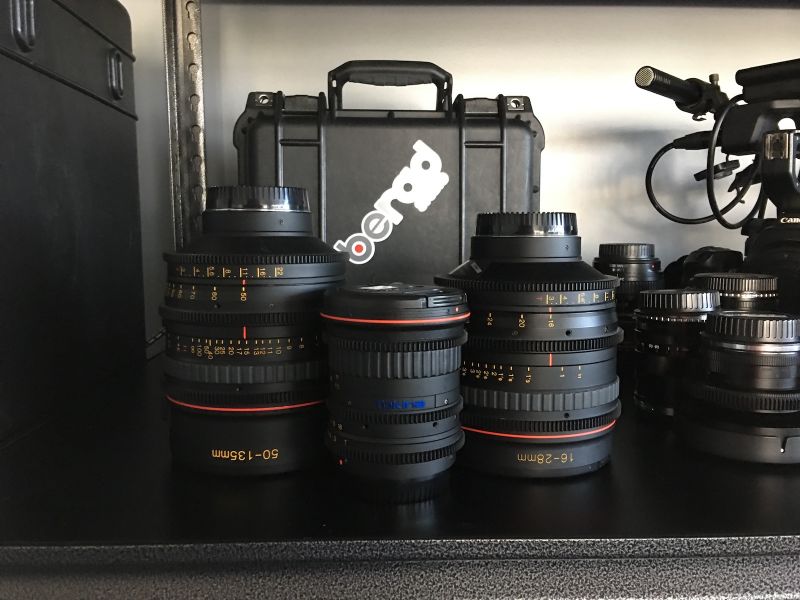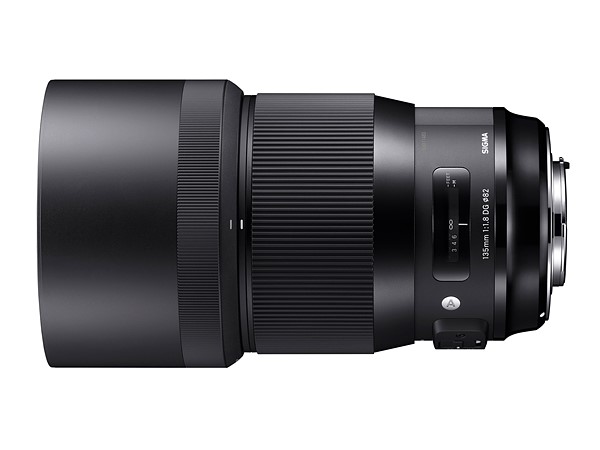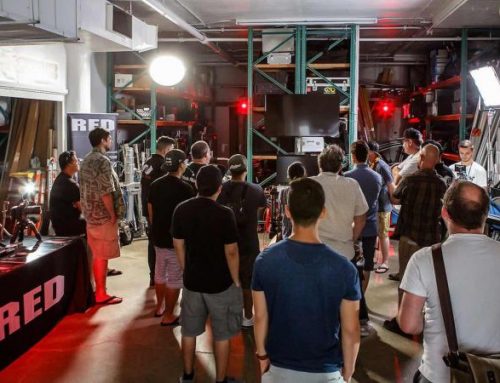“Third Party” lens manufactures have gotten a bad wrap over the years, but ever since the release of their “Art Series” Sigma has been absolutely killing it. We’ve been using the 18-35/1.8 lens on our Red and Canon Cinema cameras for three years and recently added the 50/1.4 to our arsenal.


We’ve got a set of Tokina Cinema Zooms as well as a full set of Leica-R Primes, but still love the look that we get off the Sigmas. For most applications, I love analog lenses with manual apertures and long focus throws, but on other occasions, the convenience of digital lenses trumps all.


Sigma just announced some new lenses to round out their Art Series that have me giddy as ever. I’ve been looking for a fast, full frame wide angle lens to swap out between our Red and A7Sii. My 19mm Leica-R was just a little too tight or slow on my Red Scarlet-W for some applications, so the 14mm 1.8 DG HSM is a truly welcome surprise.



[Images from dpreview.com] When Sigma first announced their 24-105/f4 OS Art lens a couple years back there were a lot of mixed reviews. All tests showed that it out performed its Canon competition in color reproduction and sharpness, but usability was a little kludgy for many, myself included. The focus ring was tiny and placed at the back of the barrel where the zoom ring should be and that made it just a little too weird for me to use.
In all honesty, a full frame 24-70/1.8 is what I was really hoping for so this new lens announcement took a little wind out of my sails, but if performance is on par with the rest of their Art Series, it’ll definitely find a place on our shelf. Those two letters that make every video shooter smile: OS – Optical Stabilization (IS for canon) is a very welcome treat on the 24-70 DG OS HSM. Canon and Nikon still don’t make a 24-70/2.8 with IS and only Tamron offers a competitor though I’ve read that there are some QC issues with the Tamron version which prevented me personally from picking one up.
The 135/1.8 DG HSM is sure to be an amazing lens as well. A focal length many portrait photographers love to shoot at because of the beautiful compression and depth of field, unfortunately, without OS it’s a very difficult focal range to shoot video with handheld. A monopod or tripod will definitely be a necessity for smooth shots with this delicious piece of glass.
And finally the 100-400 f5-6.3 DG OS HSM. I’ve shot with the Canon 100-400 f4-5.6 L IS lens and it was soft and muddy which is definitely not what you want for jaw dropping surf or sports images and video which is what I’d use this lens for. Sharpness is one of the benchmarks for any telephoto zoom, so if this lens keeps up in the IQ (Image Quality) and cost department with the previous lens pedigree in the Art lineup, I can foresee a lot of surf and sports photogs itching to switch over.

Image from barkerphotographic.ie] So why the Sigma over the Canon, Nikon or Tamron? First and most important is the “look.” I just really love the way the Sigma Art series renders colors. Not too contrasty, not overly saturated, but with the right amount of color, range and detail to allow you to make those decisions in post. The image also feels more filmic rather than photographic which for video production, is my main concern. Sigma has also managed to keep its prices much lower than its competition in most cases. For example a Sigma Art 50/1.4 cost $949 brand new (http://amzn.to/2l59MQX) while Canon 50/1.2 L II costs $1899 (http://amzn.to/2m5pPlA). Of note, Canon and Nikon also makes a 50/1.4 (http://amzn.to/2l53h0j & http://amzn.to/2lDsSRe), but they are not of the same build or image quality as the Sigma Art or Canon L series lenses, they are more equivalent to Sigma’s non Art Series lens line.
The current line of mirrorless lenses whether Sony, Panasonic, Olympus or FujiFilm all currently have the same Achilles heel – digital fly-by-wire focus mechanisms. They are not nearly as reliable as traditional analog focus systems that manually move lens elements to achieve critical focus. That’s why most video pros still struggle to adapt their Canon, Nikon and Sigma glass to their mirrorless Sony and Panasonic cameras. Sigma still uses an optical focus system and will very easily adapt to most camera systems.
All in all, I love what Sigma is doing with their Art lenses and now that they are even offering rehoused cinema versions of their lenses, you can tell they are actively listening and responding to their users which is a huge reason so many are infatuated with them! Keep it up Sigma, you’re definitely doing a lot of things right and I can’t wait to get some of these new lenses into our workflow!






